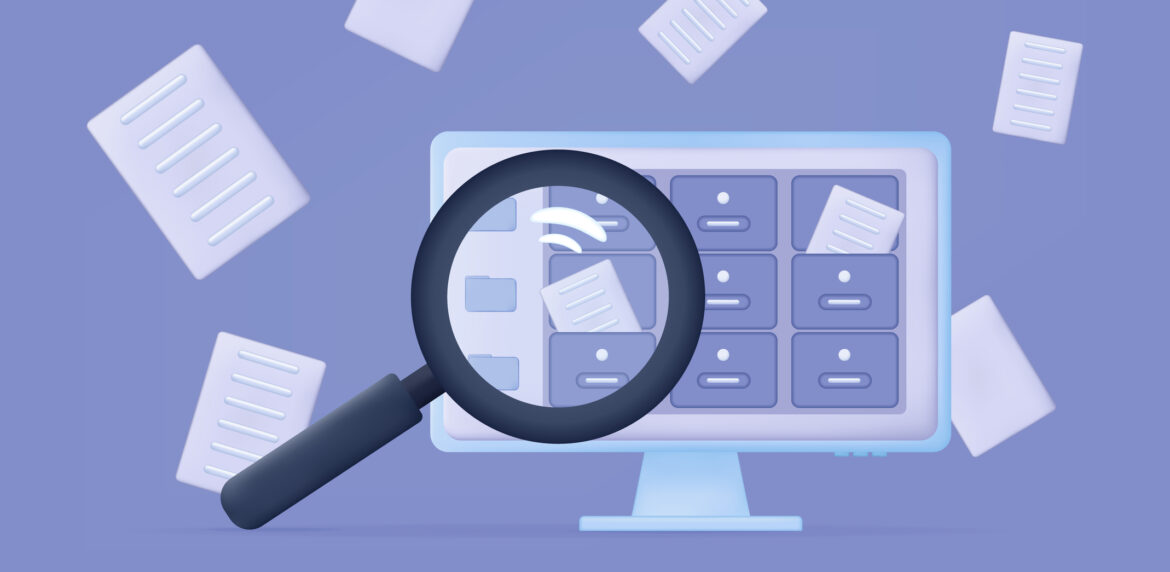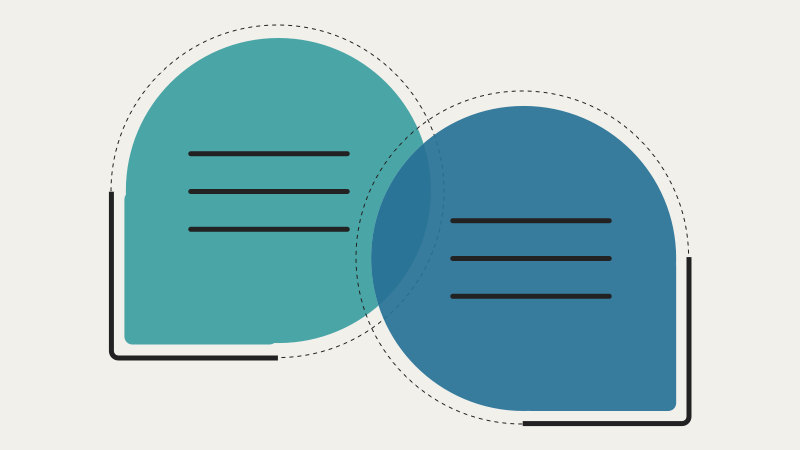
Today, we’re diving into the world of resource libraries. If you want to level up your organization’s game and provide your team and community with a treasure trove of valuable information, you’re in the right place. Building an effective resource library can be a game-changer for your nonprofit. It can streamline processes, share knowledge, and empower your team to do their best work. So, settle in because we’re about to unleash some super tips on how to make your resource library shine.

Get in touch to talk to us about your project or ideas.
Let’s ChatOur Tips
There are many ways to approach the creation of a resource library. Here are 5 we recommend to get you started:
Know Your Audience, Be User-Friendly
First things first, let’s talk about your audience. Who is the main audience of your resource library? Is it your staff, volunteers, partners, or is it the communities you serve? Understanding your audience is crucial for designing a user-friendly experience. Think about their needs, preferences, and tech-savviness level.
For instance, if your staff members are constantly on the go, consider making your resource library accessible on mobile devices. If you have a diverse audience, be sure your library is intuitive and easy to navigate for people of all backgrounds and abilities. Remember, the goal is to make finding information a breeze, not a scavenger hunt.
Organize Like a Pro
Now that you know your audience, it’s time to get organized. Think of your resource library as a well-organized pantry – everything has its place, and finding what you need is a piece of cake. Start by categorizing your resources into logical groups. Think topic, department, or type of content. Find a structure that works best for your organization.
Consider using tags or keywords to make searching even easier. This way, visitors can quickly filter through hundreds of resources to find exactly what they need. And don’t forget to regularly review and update your categories to keep things fresh and relevant. A tidy library is a happy library.
Make It Pop with Multimedia
Gone are the days of boring, text-heavy resource libraries. Spice things up by incorporating multimedia elements like videos, infographics, and podcasts. Not only do these add visual appeal, but they also cater to different learning styles and preferences.
For example, if you’re hosting a training session on community outreach, why not include a video tutorial or a series of case studies? Mix things up and keep your audience engaged. Just remember to make it accessible – provide alternative text for images, captions for videos, and transcripts for audio content to ensure everyone can use the resources.
Keep It Up to Date
A dusty old library is nobody’s friend. Regularly review and update your content to keep your resource library relevant and valuable. Set up a schedule for auditing your resources – maybe quarterly or bi-annually – and remove outdated materials.
Encourage your team to contribute new resources and share their expertise. After all, your resource library is a collective effort, and everyone has something valuable to contribute. By keeping things fresh and up-to-date, your library will remain a go-to destination for knowledge and inspiration.
Accessibility Is Key
Last but certainly not least, let’s talk accessibility. As a nonprofit organization, your resource library must be accessible to everyone, regardless of their abilities or limitations. This means confirming that your website and content meet the Web Content Accessibility Guidelines (WCAG).
Pay attention to font size and color contrast to make your content easy to read for people with visual impairments. Use descriptive headings and alt text for images used on screen readers. And don’t forget about keyboard navigation – make sure your website can be easily navigated using only a keyboard for people with mobility issues.
Final Word
Building an effective resource library for your nonprofit organization is all about knowing your audience, organizing your content, and making it accessible to everyone. By following these tips, you’ll be well on your way to creating a valuable asset that empowers your team and strengthens your impact in the community. So, unleash your inner librarian and change the world, one resource at a time.
Further reading and resources: